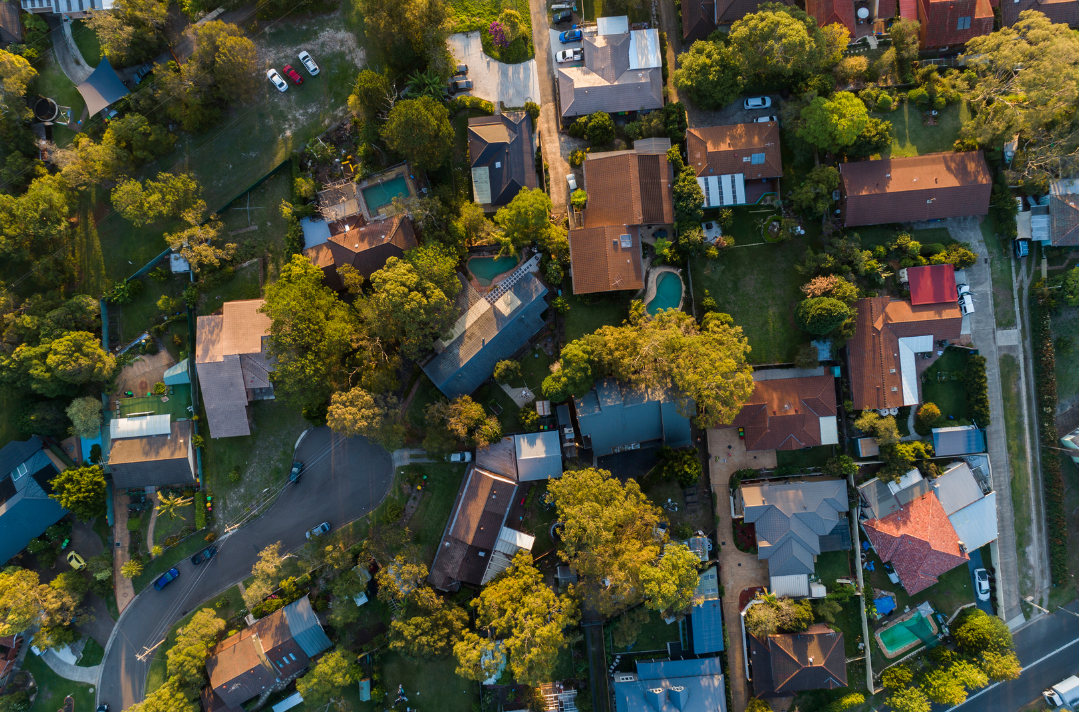There is no other way to sugar-coat what is happening in Canada’s housing market: The nation is facing a severe supply shortage. Why is housing supply so low?
Current market conditions, be it record-low inventories or strengthening demand, have sparked a housing affordability crisis. With interest rates on the rise and an inevitable increase in the mortgage stress test, buying a home within typical Canadian incomes and budgets will become more difficult this year, and potential into the foreseeable future.
But while factors such as historically low-interest rates and pandemic-era pent-up savings have contributed to the current housing frenzy, the fundamental principle of supply and demand has been the chief component in today’s real estate boom. Is speculation a factor in today’s ultra-bullish Canadian real estate market? Yes, but there are other dynamics behind the skyrocketing gains. Housing supply is one of them.
Why is Housing Supply So Low?
Why are inventories as low as they are? There is a reason the term “crisis” is being tossed around. So, let’s explore five main reasons housing supply is as low as it is today.
#1 Pandemic Changed Consumer Trends
The COVID-19 public health crisis might have permanently altered how or why people purchase residential properties. The coronavirus pandemic led many families to buy larger spaces to accommodate working and studying remotely, and spending more time in a busy home. Many households also ditched the big cities, selling their homes at a substantial profit and moving to smaller towns and rural communities, absorbing limited inventory of affordable three-bedroom homes. With exceptional equity on hand and favourable mortgage rates, these “move-over” homebuyers could – and did! – outbid their rivals.
#2 New Home Construction Activity Slumped
For more than a decade, single-family housing units completed have been below the 50-year average. Construction activity has been subdued since hitting a peak in 2006, although it is gradually on the rise again. It might be surprising to learn that Canada maintained an oversupply of homes on the market, which led to a crash in home valuations during the Great Recession in 2008. What a difference a few years can make.

#3 Housing Starts Not Keeping Up
Meanwhile, Canada’s housing starts have only cracked the 300,000 mark once in the last year (305,512 in November), according to Canada Mortgage and Housing Corporation (CMHC) data. Growth and housing types will also vary by jurisdiction, the CMHC noted in a March news release.
“On a trend and monthly SAAR basis, the level of housing starts activity in Canada remains historically high; however, the six-month trend in housing starts declined slightly from January to February,” said Bob Dugan, CMHC’s Chief Economist. “For SAAR housing starts in Canada’s urban areas, both single-detached and multi-unit starts increased in February. Among Montreal, Toronto and Vancouver, Toronto was the only market to post growth in total SAAR starts in February, due to higher condo and multi-unit starts.”
#4 Not Enough Active Listings
The same trend is evident in many housing markets: Active listings are below five- and 10-year averages. This is prevalent throughout many real estate industries, affirming that two-thirds of the country’s housing markets are tilted in favour of sellers. Indeed, prospective homeowners are scooping up any residential property they can find, leading to bidding wars and elevated prices.
But there is a silver lining to all of this.
According to the Canadian Real Estate Association (CREA), new residential listings have rebounded, rising 23.7 per cent month-over-month in February, up from the 10.8-per-cent decline in January.
“As expected, after a bit of a lull in January, we saw the first batch of spring 2022 listings come to market in February, and they were quickly scooped up by buyers,” said Cliff Stevenson, Chair of CREA, in a news release. “It’s unclear if this is the beginning of a re-emergence of some of the many would-be sellers who have been dormant for the last two years, or if the supply will fade towards the summer like it did in 2021.”


#5 Zoning Laws in Major Urban Centres
Zoning laws have been restrictive and, according to the Ontario government’s Housing Affordability Task Force, “exclusive” in many parts of the provincial real estate market. This zoning law prohibits the construction of triplexes, townhomes and lowrise apartment buildings in many residential neighbourhoods, which is common in other parts of the country. Therefore, the erection of so-called “gentle density” would not be permitted in a Rosedale or Danforth neighbourhood in Toronto. Despite the opportunity for more housing, a mix of NIMBYism and outdated public policy efforts have added to the price pressures in recent years.
How Bad is Supply in Canada?
Scotiabank recently published a research note that confirmed Canada maintains the lowest per-capita housing stock of G7 nations, with Ontario owning the lowest per-capita housing rate in the country. The financial institution came up with this number: The province itself would need to construct 650,000 new homes to mirror the national average. What about future growth?
“As we look to the future, we remain of the view that the chronic shortage of housing relative to the population’s needs will put upward pressure on prices and reduce affordability,” the bank wrote.
Will this force more families and newcomers to ditch the major urban centers in Southern Ontario and British Columbia? If there is nowhere to live, they might have no other choice but to consider Winnipeg.
Courtesy: remax.ca


Leave A Comment